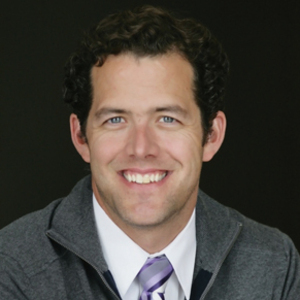Our Most Abundant Feedstock




April 19, 2017
BY Tim Portz
Waste is this industry’s most available and most widely utilized feedstock. To be fair, it is also the most broadly defined. Standard curbside household garbage is everyone’s mental picture of waste, but raw sewage, construction and demolition debris, urban wood waste, restaurant food waste, waste greases, unopened and spoiled food products, oat hulls, barley residuals and innumerable other materials fall into this broad category. All of these are generated in great quantities, and their collection and disposal strains puts strain on conventional waste management infrastructure. Finally, and paradoxically, the public wants and needs all of these materials to “go away,” but almost no one wants that “away” to be anywhere near them.
Fortunately, all of these waste streams possess massive amounts of bound-up energy and waste-to-energy (WTE) practitioners use combustion, pyrolysis, organic decomposition and anaerobic digestion to capture and process these materials, mining them for their Btus. Absent this energy, these materials would offer no value, and many of our cities would already be buried in massive piles of them. Look no further than Managing Editor Anna Simet’s page-36 feature, “A First in 20 Years,” which highlights the construction of the first WTE facility built in the U.S. in 20 years, in Florida’s Palm Beach County. The county is one of the fastest-growing in the entire country, adding about 22,000 residents annually. Like many other counties in Florida, Palm Beach County was already utilizing WTE to manage waste and prolong the lifetime of hard-to-come-by landfill space. Simet’s story reports that without its first WTE plan, the county’s landfill would reached capacity within eight years from now. Built to accommodate new population growth and relieve pressure on the existing facility, the solid waste authority now estimates that the landfill will not reach capacity until 2049.
Near the end of Simet’s interview with Patrick Carroll, director of facilities development at the county’s solid waste authority, he pointed to a real waste management challenge that is looming wherever WTE is the preferred option. A large share of the existing WTE facilities were built in the 1980s, and are near the end of their useful lives. “They need to make a decision—refurbish or rebuild the WTE capacity, find new landfill capacity, or do something else,” he said. In many places, new landfill capacity simply isn’t an option. That leaves refurbish, rebuild or “something else.” All options provide incredible opportunity for the industry, as it’s clear the waste is going to keep on coming.
Author: Tim Portz
Vice President of Content & Executive Editor
tportz@bbiinternational.com
Advertisement
Advertisement
Upcoming Events





